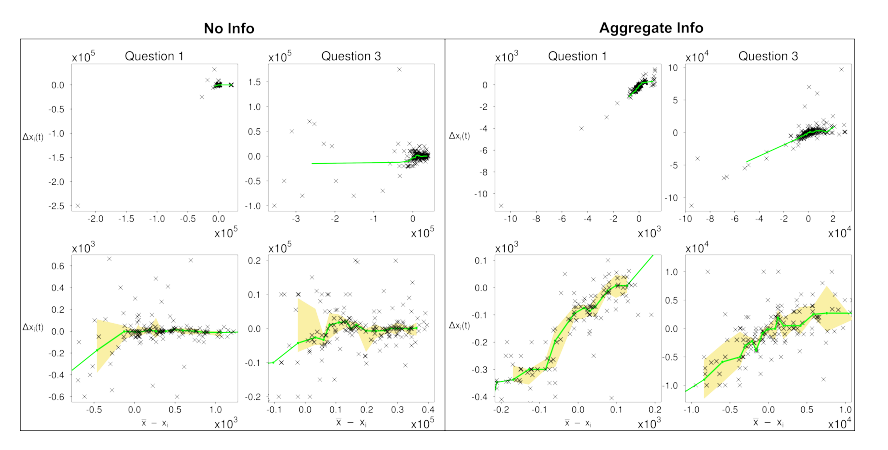- Decisions and the Influence of Others
- The Story of a Study of the Mind
- The 50 Disruptive Companies of 2013
- The Innovation Efficiency Index
For the past five years, the Global Innovation Index has ranked countries’ ability to stimulate invention. Published by the French business school INSEAD and the World Intellectual Property Organization, it compares 141 nations on more than 80 metrics, which are adjusted for population or GDP. Unsurprisingly, the top-performing countries are wealthy. But the report also analyzes which countries are best at making scientific advances or creating intellectual property despite disadvantages like unsophisticated markets and infrastructure. This “innovation efficiency” index makes a different group of countries stand out, as shown in the maps below and to the right.
- Power It Yourself
A natural battery in the inner ear could drive implantable electronic devices
Deep in the inner ear of mammals is a natural battery—a chamber filled with ions that produces an electrical potential to drive neural signals. MIT researchers, together with colleagues at the Massachusetts Eye and Ear Infirmary (MEEI) and the Harvard-MIT Division of Health Sciences and Technology (HST), have demonstrated that this battery could power implantable electronic devices without impairing hearing.
- Automation Sets Us Free
A 1929 essay by Arthur D. Little argued that workers and consumers would benefit from more mass production, not less.
Excerpted from “Research and Labor: A Chemist Looks at Modern Life,” in the December 1929 issue of The Technology Review, by Arthur D. Little, founder of the management consulting firm that bears his name.
- Steve Ballmer On the Strategy Behind His Strangest Product
Microsoft’s CEO explains what Windows 8 means to his company.
Windows 8 is radically different from any previous version of the Windows operating system. Designed to run on smartphones, tablet computers, laptops, servers, and even supercomputers, Windows 8 presents its users with virtually the same interface on any device. The response to this approach has been mixed: some critics have praised the operating system’s gorgeous graphic design and daring indifference to Microsoft’s past; others are baffled (see our own review on page 76). Jason Pontin, MIT Technology Review’s editor in chief, spoke to Microsoft’s chief executive, Steve Ballmer, about what Windows 8 means for his company.
- On Innovation and Disruption
When did disruption become the overwhelming fact of business? It wasn’t always so. But the most admired businesses of the last 30 years have been technology companies or industrial companies that invested heavily in research and development, whose competitive advantage was their capacity to commercialize disruptive innovations or resist the innovations of other entities.
- Mapping the Storms of the Sea
How an MIT professor’s bold experiment gave rise to modern oceanography
On October 16, 1969, MIT professor Henry Melson Stommel wrote to a worldwide group of his peers, the Scientific Committee on Oceanic Research, to propose an experiment of unprecedented scope: an international initiative to measure the general circulation of the Atlantic Ocean. The plan involved a 100,000-square-mile patch of rough water, six research vessels, and on-call air support. The Mid-Ocean Dynamics Experiment (MODE) was hatched.
Digest powered by RSS Digest


